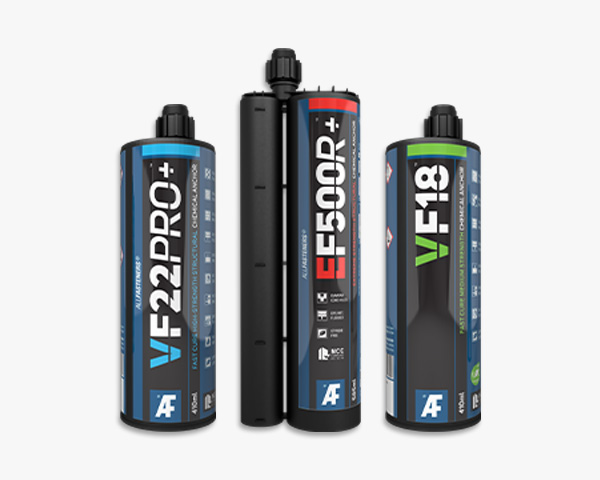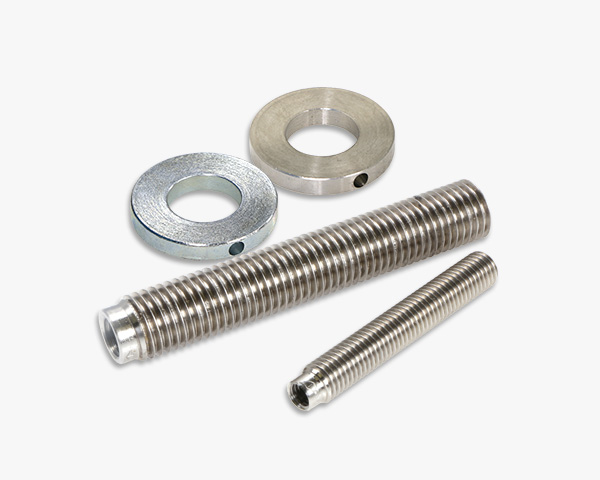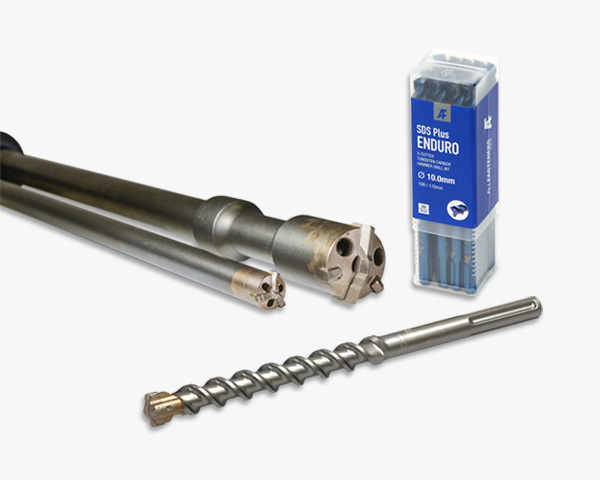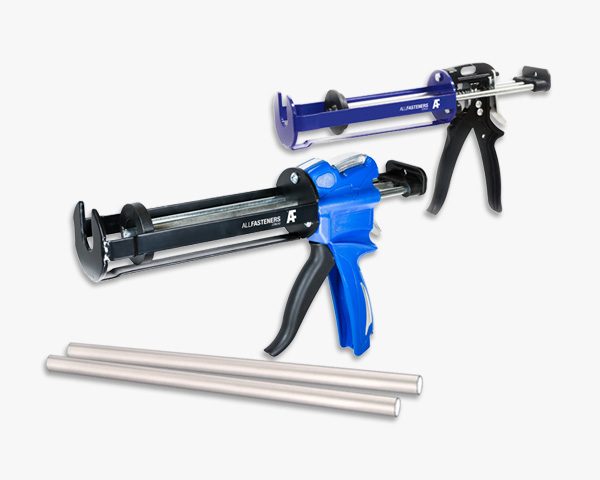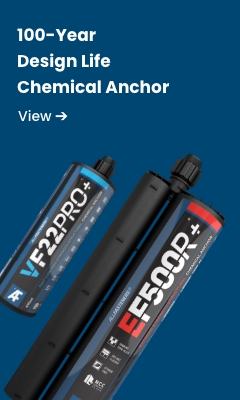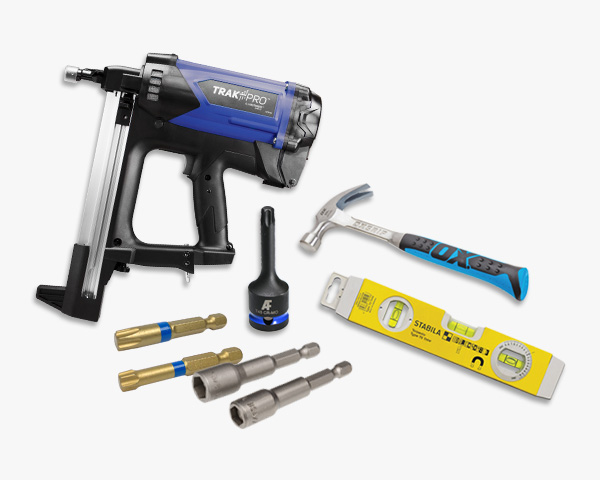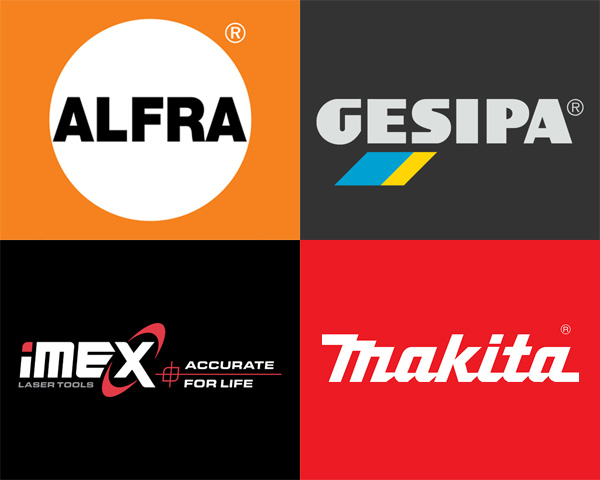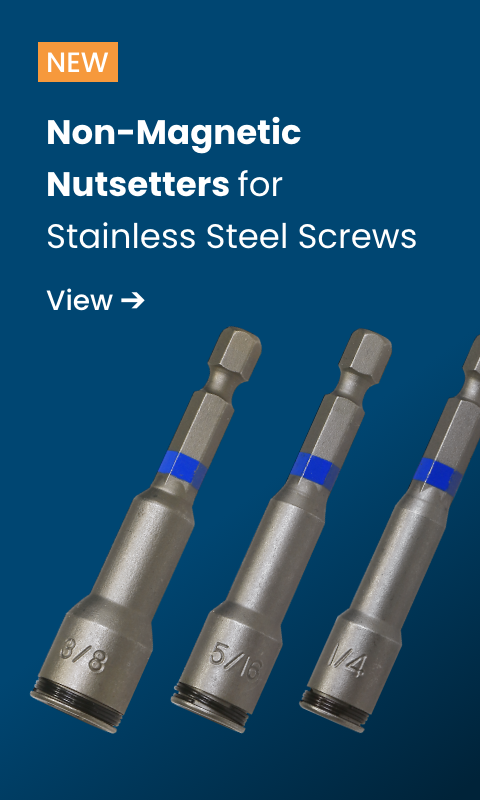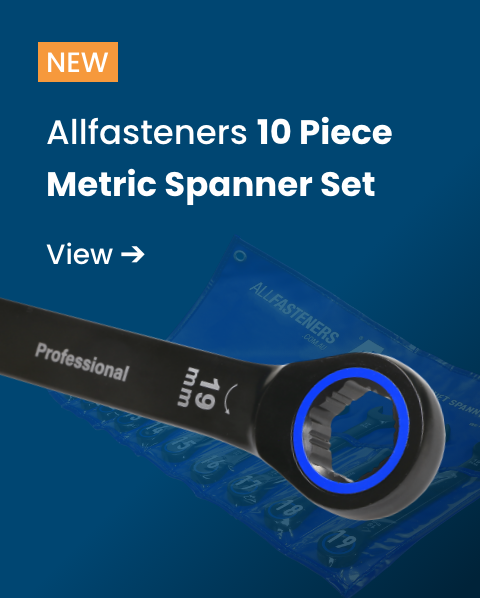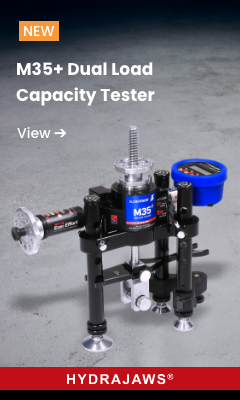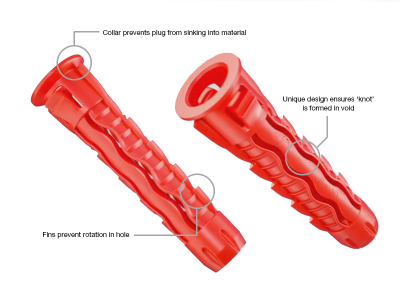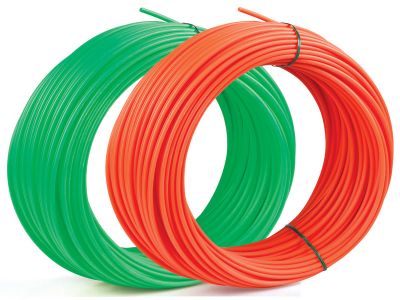Australia’s Place for Wall Plugs
From hanging lightweight pictures to heavier items, embedding fixings or fasteners into substrates of any kind can be a challenge. That’s why Allfasteners stock several kinds of wall plugs, from the traditional star plug in set lengths and ‘spaghetti’-type rolls, to the more advanced ‘wall mate’ style anchor or ‘expanding nylon’ type anchors.
Whether you are fixing to a single layer of plasterboard, into Gyprock via a stud or into masonry surfaces like concrete or brick, Allfasteners is here to help you choose the correct product, according to weight ratings and what you want to fix.
If you are not sure which wall plugs to use, ask Allfasteners. Our sales and support team have in-the-field experience in several trades and will know how to help you achieve the best results possible. Get in touch with us now.
Make the Right Choice
Wall plugs should support anything heavy you hang on a wall. Masonry wall plugs should always mount or hang heavy objects when drilling into any wall to ensure safety.
You must consider the material you are fixing into, the size dependent on the plug type, and the weight of the load when choosing wall plugs. The material could be hollow, like plasterboard, breeze block, and brick, or solid, like stone and concrete.
You will always need a drill when installing a masonry wall plug, except for plasterboard installations and other cases.
Wall Plug Types and Applications
There are specific wall plugs for each type of wall material. Different wall plugs are available for particular purposes, frequently providing a more robust fitting than universal ones.
Selecting the appropriate size wall plug is the next step after determining which type is best for the job. The wall plug diameter and the drill bit diameter are the same. Usually, the wall plug will indicate this; for example, S6 indicates a wall plug fit for a 6 mm drill bit diameter.
Here are the different types and applications of wall plugs.
Universal Wall Plugs
These wall plugs are standard and appropriate for all surfaces. When a plug has an open end with a collar, it stops the plug from sinking further into the hole by fitting over the outside of the drilled hole.
Universal wall plugs expand when the screw is tightened, firmly anchoring it in the wall. Drill the hole Using a hammer drill and gently tap the plug into place. After that, you may screw it in.
Butterfly Wall Plugs
These nylon wall plugs are best for two-section hollow walls. The butterfly plug can support a considerable weight because of its "wings," which expand when you tighten the screw. Once the screw is tight, these plugs cannot turn inside the hole. Butterfly plugs work well with soft materials like fiberboard and plasterboard.
These wall plugs can hang artwork and illuminate mirrors and other light objects.
Plasterboard Wall Plugs
This plug creates a thicker area within or behind a hollow wall. The segments spread out and fold like an umbrella when a screw is put in and tightened. With a specialised bit, you can use this plug with its self-tapping outer thread straight away, negating the need to drill a hole first. The connectors work well with various panels and hang lights from ceilings.
Choosing the Correct Wall Plug
Depending on the task, the primary plug qualities are diameter and length. These characteristics will support a successful fastening.
Plug Diameter
After installation, a wall plug's mechanical strength correlates directly with its diameter. As a result, this ought to be a crucial factor in your decision. There are three categories that you can use to classify variations in diameter based on the weight they must support:
|
|
|
Plug Length
The thickness of the surface you're working with will determine how long a wall is. Select the longest fixing that the diameter permits. Keep in mind that a repair is more secure the longer it is.
You may proceed with your tasks after evaluating the most important considerations while selecting the best wall plug. Enjoy wall storage, accent pieces, and other home accents, knowing everything is precisely where it should be!
When removing wall fixings, always take care not to damage the surrounding plasterwork or the wall itself. You can remove wall plugs with needle nose pliers.
Enquire Now, to Find Wall Plugs for your Application
Enquiries? Talk to the experts at Allfasteners today.





